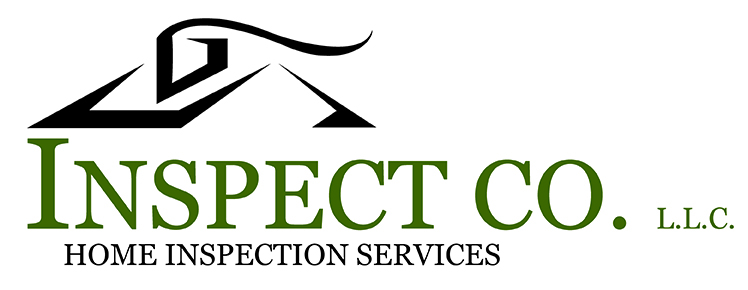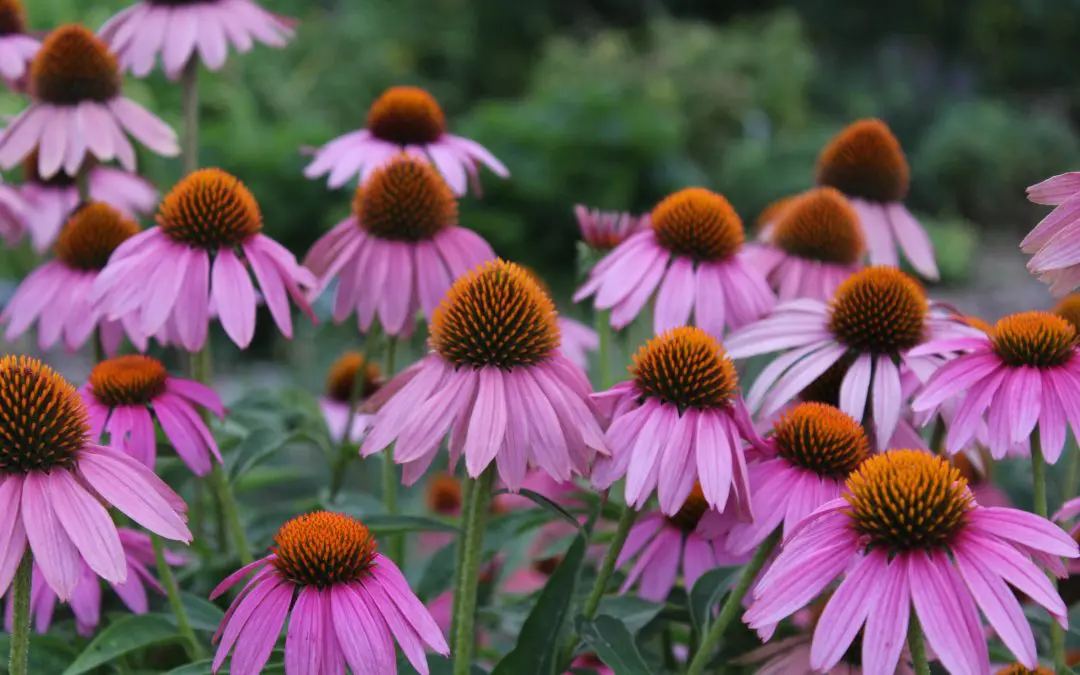Are you thinking about sprucing up your lawn? Native plant gardening transforms your yard into a thriving ecosystem right outside your door. Gardening with plants native to your region is a powerful way to create a beautiful, low-maintenance, and ecologically beneficial landscape.
Native plants have spent millennia adapting to your local climate, soil, and environmental conditions. This means they are perfectly equipped to handle whatever your area throws at them, from scorching summers to frosty winters, often requiring less water and fertilizer.
Choosing Your Native Plants
The cornerstone of successful native plant gardening is selecting species that are truly native to your ecoregion. A plant native to New England won’t necessarily thrive in the Southeast, for example. Researching your local area is key. Look for resources from local native plant societies, university extension offices, or reputable native plant nurseries. They can provide lists of trees, shrubs, perennials, and ground covers ideally suited to your soil type, sun exposure, and moisture levels. Don’t just pick what looks pretty; pick what belongs.
Sourcing Responsibly When Native Plant Gardening
Once you have your list of ideal native plants, it’s crucial to source them properly. Always purchase plants from reputable nurseries that specialize in natives. Look for nurseries that grow their plants from local seed sources whenever possible. Avoid buying plants that have been wild-collected, as this can harm natural populations. Also, be wary of plants labeled “nativar” (cultivars of native plants). While some are beneficial, others may lack the specific traits that make the true native species so valuable to local wildlife, particularly insects.
Enjoying the Low-Maintenance Lifestyle
One of the most appealing aspects of native plant gardening for busy homeowners is the reduced maintenance. Because these plants are adapted to your environment, they generally require far less watering, fertilizing, and pest control than their non-native counterparts once established. Instead of constantly fussing over maintenance, you get to spend more time enjoying your garden, watching the pollinators flock to the flowers, and the birds feasting on the seeds. It’s gardening that gives back to you and the local ecosystem. Planting natives is one of the most impactful things a homeowner can do for their local environment, creating vital habitat and food sources for the birds, bees, butterflies, and other creatures that make your region unique.
Embracing native plants helps create a landscape that thrives, supports local wildlife, reduces the need for constant intervention, and connects you more deeply with the natural beauty of your region. Don’t feel pressured to overhaul everything at once. Start small, perhaps with a single native shrub, a patch of wildflowers, or by converting a troublesome corner of the lawn. Each native plant added is a step towards a healthier, more vibrant yard.
Native Plant Gardening FAQs
What exactly defines a “native plant”?
A native plant grows naturally in a particular region, ecosystem, or habitat without human introduction. It evolved alongside the local wildlife and fits perfectly into the local food web.
How long does it take for native plants to get established?
While it varies by species and conditions, many native perennials and shrubs focus on developing strong root systems in their first year. You might see less top growth initially, but significant establishment often occurs within 1-3 years, after which they require minimal care.
Do native plants need fertilizer?
Generally, no. Native plants are adapted to your local soil conditions, which are often less nutrient-rich than what non-native ornamentals prefer. Adding fertilizer can actually harm them or encourage weak, leggy growth.
Can you give a few examples of native plants found in North Carolina?
North Carolina boasts a wide variety! Some well-loved examples include the Eastern Redbud, Oakleaf Hydrangea (a popular shrub), Coneflowers, Butterfly Milkweed, and Beautyberry. Remember that the best choice for your yard depends on your specific location’s sun, soil, and moisture.
My yard is small. Can I still plant natives?
Absolutely! Even a small patch or a few containers of native plants will make a difference for pollinators and add beauty. Focus on selecting species appropriate for the scale of your space.
How do I deal with pests on native plants?
Native plants are often more resistant to local pests and diseases than non-natives. Minor insect feeding is usually not harmful and even provides food for birds. Avoid using pesticides, which can harm beneficial insects and pollinators. A healthy ecosystem often keeps pests in check naturally.
Inspect Co. LLC offers home inspections in North and South Carolina. Contact us to request our services.

